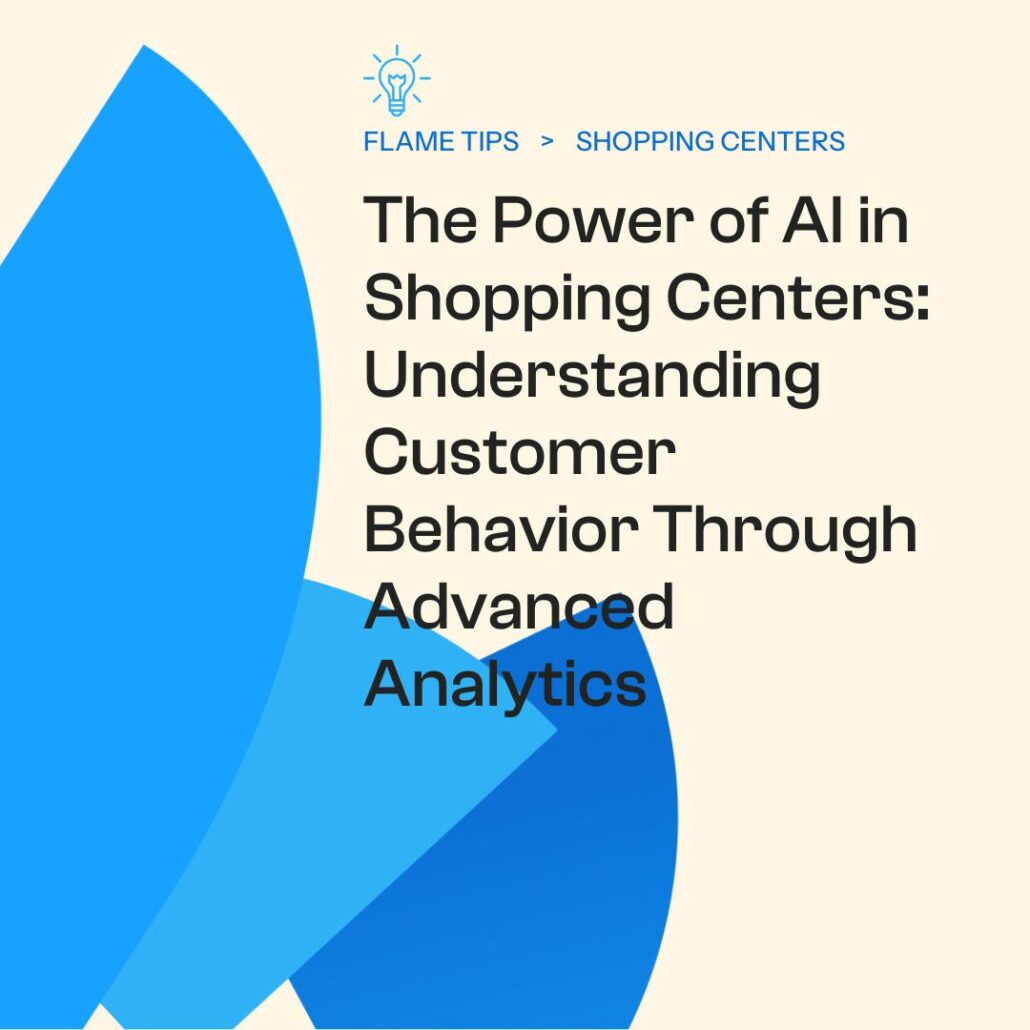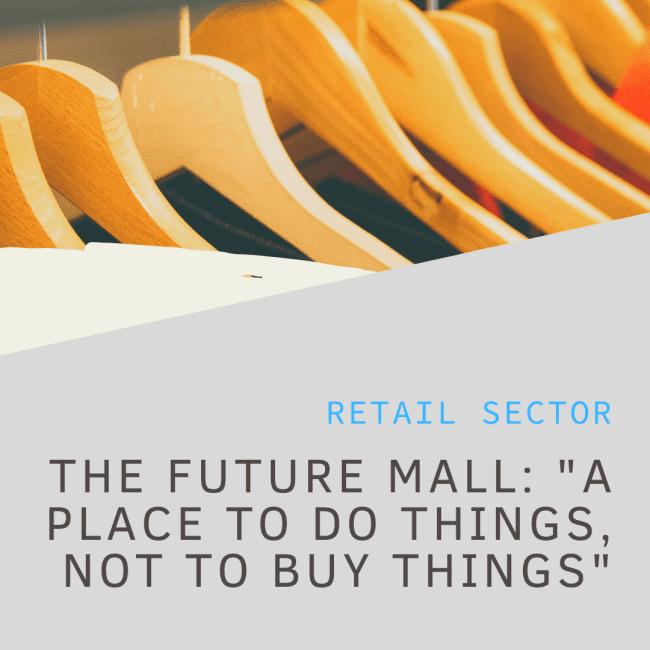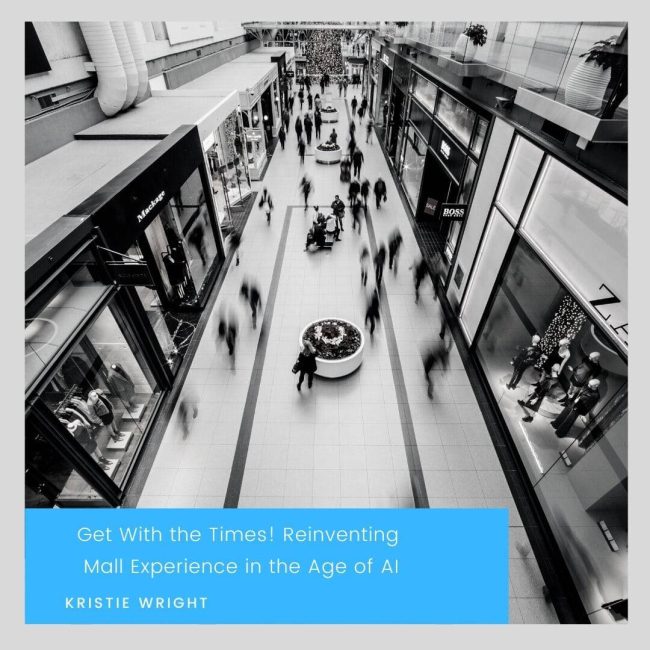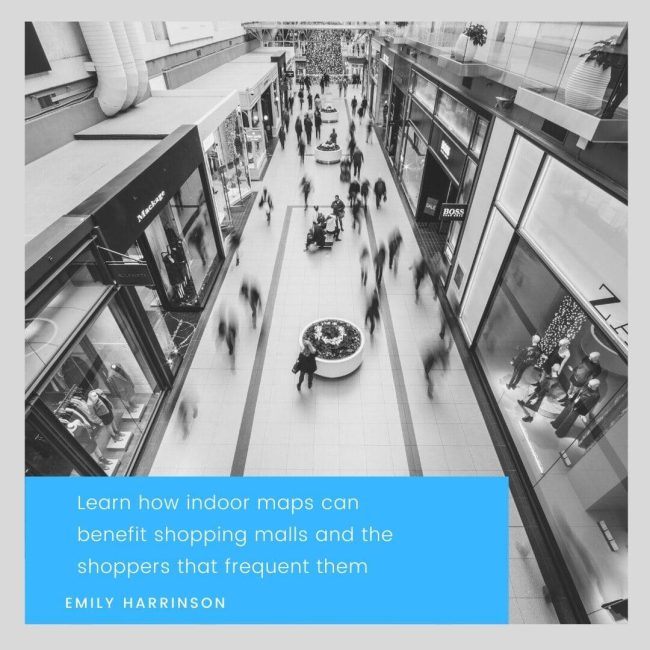Why Analyzing Shopper Behavior Matters
Tracking how people move within a shopping center is crucial to improving operations and maximizing revenue. Here are some key aspects of shopper behavior analytics that shopping centers can benefit from:
Foot Traffic
Understanding where people enter, exit, and spend most of their time helps identify the most popular zones in the mall.
Dwell Time
Knowing how long visitors stay in different areas provides insights into what captures their attention. Longer dwell times often indicate high engagement, while shorter times might highlight areas needing improvement.
Hot Zones and Cold Zones
By identifying which areas attract more visitors and which are less frequented, malls can make data-driven decisions on store placement, promotions, and advertising.
Technologies Revolutionizing Analytics in Shopping Centers
Analytics tools used to rely primarily on manual data collection, but now AI and machine learning are transforming how malls gather and interpret this data. Here’s how AI-driven technologies are making a difference:
AI-Powered Cameras and Sensors
Advanced surveillance systems equipped with AI can track foot traffic, monitor movement patterns, and even differentiate between demographics such as age and gender—all without invading privacy. This gives shopping centers real-time data on customer behaviors.
Predictive Analytics
By analyzing historical data, AI models can forecast future customer behaviors. For example, AI can predict peak times, allowing malls to staff and stock accordingly, or suggest optimal areas for advertising campaigns.
Heat Mapping
AI can process thousands of data points to create heat maps showing where customers are spending most of their time. These visualizations make it easier to spot high-traffic areas and bottlenecks, helping retailers optimize store layouts.
Personalized Experiences
With AI, malls can offer tailored experiences for visitors. For instance, AI-driven recommendation engines can suggest specific stores or events based on the shopper’s preferences and past behavior.
The Future of Retail is Data-Driven
The integration of AI in shopping center analytics is more than just a trend; it’s a necessity for staying competitive. By collecting and analyzing data on how customers move, shop, and engage with retail spaces, malls can optimize their layout, enhance customer satisfaction, and ultimately increase sales.
In a world where customer experience is paramount, the adoption of AI and advanced analytics isn’t just beneficial—it’s a game changer. As AI continues to evolve, shopping centers will have even greater tools at their disposal to understand and cater to their customers like never before.
Embrace the power of AI to keep your shopping center ahead of the curve.







